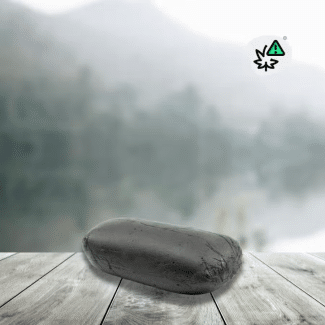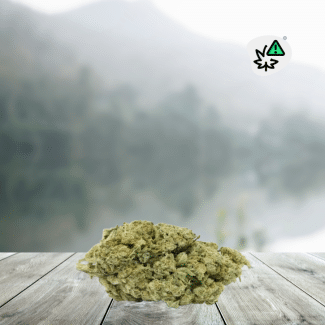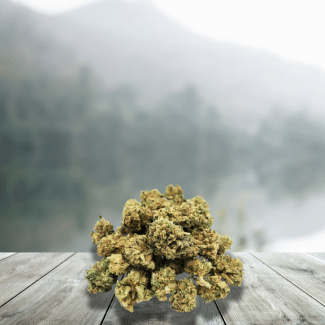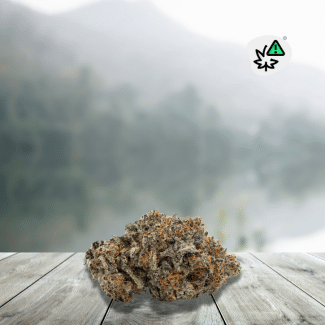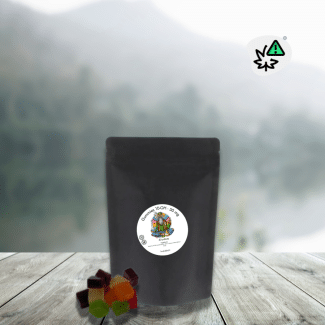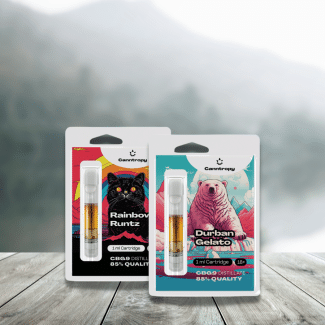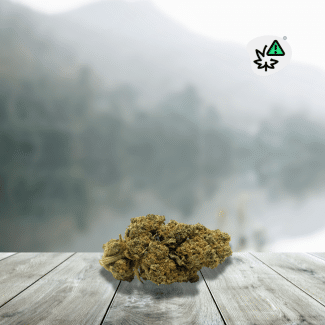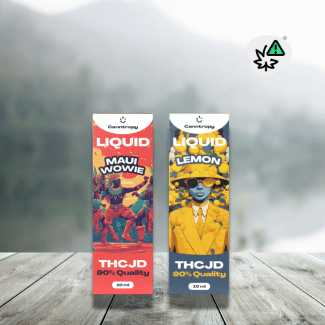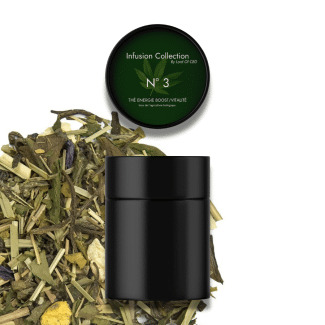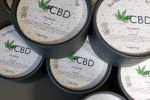
How bongs work and how to use them
Bongs, also known as water pipes, are popular devices for consuming smokable substances, including tobacco and various types of medicinal or recreational plants. They are often chosen for their ability to filter and cool smoke, providing a smoother and less irritating experience than other smoking methods. But how do these fascinating instruments actually work, and how are they used correctly? For the novice or even the curious connoisseur, understanding the mechanics of a bong and how to use it can enrich the overall experience.
The Structure of the Bang
Before diving into the actual operation, it helps to become familiar with the main components of a bong. A typical bong is made up of several key elements:
- The Base : Often filled with water, this is the lower part of the bong.
- The Chamber : This is the central part where the smoke collects after being filtered through the water.
- The Tube : This is the long tube that connects the chamber to the user's mouth.
- The Hearth : This is the place where the smoking substance is placed and burned.
- The Downstem : This is a tube that runs from the hearth to the base, allowing the smoke to pass into the water.
The Filtration Mechanism
The bong uses water as its primary means of filtration. When smoke passes through the water in the base, several phenomena occur:
- Cooling : Water acts as a cooler, reducing the temperature of the smoke and making inhalation more pleasant.
- Filtration : Harmful particles and residue are often captured by water, allowing for cleaner inhalation.
- Hydration : The smoke is also slightly humidified, which can make the experience less drying to the throat.

How to Use a Bang Step by Step
The process of smoking with a bong is relatively simple. After a few tries, it will become second nature, almost a well-established method. However, if you are considering using a bong for the first time, here are the steps to follow:
Step 1: Preparing the Cannabis
Grind or crumble your cannabis flower , but avoid grinding it into powder. Make sure the particles are not too fine; otherwise, they could be sucked into the water chamber.
Step 2: Preparing the Bang
Set up your bong so that all the parts are in their place. You can place a metal screen over the fire pit to prevent the cannabis from passing through the downstem and reaching the water.
Step 3: Filling with Water
Fill your bong with water until it just covers the downstem. You can use cold or lukewarm water. Be careful that the water does not rise to your lips when you inhale through the mouthpiece. If your bong has ice clips, you can add one or two ice cubes.
Step 4: Checking the Water
Insert the downstem, add a clean bowl, and take another puff to ensure the water level is optimal and water bubbles rise up the sides of the glass as you inhale.
Step 5: Filling the Hearth
Remove the bong bowl and lightly fill it with dried herbs. Light filling ensures sufficient airflow for smoke to pass easily through the downstem and into the water chamber.
Step 6: Replacing the Fireplace
Place the bowl back into the downstem of the bong.
Step 7: Getting Started with the Bang
Hold the bong firmly by the neck with your non-dominant hand. The base of the bong should be placed on a flat surface, such as a table or desk. You can also rest the bottom of the bang on your knees. If you are new to using the bong, make sure it is placed on a sturdy surface to prevent it from accidentally slipping out of your hands and breaking.
Step 8: Lip Placement
Place your lips inside the tip and seal the opening.
Step 9: Ignition
Light the lighter and hold it over the hearth, burning the flower. Inhale simultaneously. You can also use a hemp wick to avoid inhaling butane from your lighter.
Step 10: Removing the Lighter
Remove the lighter once the cannabis in the fire pit is lit and burning consistently. But keep inspiring.
Step 11: Stopping Inhalation
Stop inhaling once you start to run out of breath.
Step 12: Finalizing the Inhalation
Remove the bowl and inhale deeply the cannabis or tobacco smoke.
Step 13: Expiration
Exhale immediately. Don't hold marijuana smoke in your lungs for too long. The active compounds in cannabis are absorbed almost immediately after the smoke enters your lungs.
Step 14: Final Details
Blow lightly down the downstem to expel any residual smoke that may still be in the bong before taking your next drag.
By following these steps, you will maximize your bong experience, ensuring an enjoyable and effective smoking session. Bongs are particularly popular for their ability to filter and cool smoke, which can make the experience less irritating and more pleasant. It is a tool that, when used correctly, can greatly enrich your smoking experience.
Tips for a Better Experience
- Regular cleaning : A clean bong will provide a better smoking experience, with purer smoke and a clearer taste.
- Cold or ice water : Using cold water or even ice can make the experience even smoother.
- Remember the amount of water : Too much or too little water can affect the quality of the smoke and inhalation.
Bangs Variations
There are several types of bongs, each with their own advantages and disadvantages. From glass bongs to silicone bongs, including models equipped with percolators and multiple chambers, the choice is wide. Some users even opt for more advanced versions that include features like activated carbon filters for additional filtration.
In short, bongs offer a versatile and enjoyable way to consume smokeable substances. Thanks to their water-based filtration system, they can provide a smoother and potentially less harmful experience compared to other smoking methods. Their use, although simple, can be optimized by following a few guidelines and tips. So, whether you are an occasional user or a true aficionado, understanding how a bong works and how to properly use it can greatly enrich your experience.
Bangs Versus Joints: Which Is the Best Option for You?
Many people who use bongs do so because they think it's a safer option than smoking pre-rolled joints. The main argument is that bongs eliminate the need for rolling papers, saving you from inhaling carbon. Additionally, bongs offer a cooler, smoother hit, making them less irritating to the throat and lungs. But are bongs really better than joints?
For many, joints remain the preferred way to consume cannabis . They are quick to roll, lightweight and portable. Although you can easily find a small bong that is also easy to transport, maintaining a bong requires more effort. The joints, on the other hand, are simply thrown away once you have smoked them all the way through the filter.
That said, it's difficult to definitively determine which smoking method is best. This is a subjective question and will depend on your specific needs.
Le Bang: For Sessions with Friends
If you're having friends over and the goal is to take big hits and get high quickly, the bong might be your best friend. Bongs are often seen as more social smoking tools, ideal for group sessions where everyone takes a turn. The large capacity of the water chamber and the bowl also allows for larger puffs, which can result in more intense effects.
The Joint: For Mobility and Simplicity
On the other hand, if you are planning an outing in the great outdoors or a walk with your dogs, it would make more sense to bring a few pre-rolled joints. Joints are perfect for situations where you don't have access to a stable table or surface to set a bong on. Plus, there is no preparation needed other than the initial rolling, and no extra parts to carry around like there is with a bong.
Health Considerations
In terms of health, some argue that the bong can filter certain toxins and carcinogens, although studies on this subject are still ongoing. Joint rolling paper may also contain chemicals, depending on the brand and type of paper used. However, it should be noted that smoking in general poses health risks, regardless of the method chosen.
Taste and Sensory Experience
Finally, there is the question of taste and sensory experience. Many claim that bongs offer a purer taste experience because they filter the smoke. Others, however, find that the authentic taste of cannabis is best preserved in a joint.
Ultimately, choosing between a bong and a joint will depend on many factors, including your environment, situation, personal preferences, and health concerns. Both methods have their pros and cons, and what might be ideal for one person may not necessarily be ideal for another. It's up to you to decide what suits you best based on your needs and desires.
